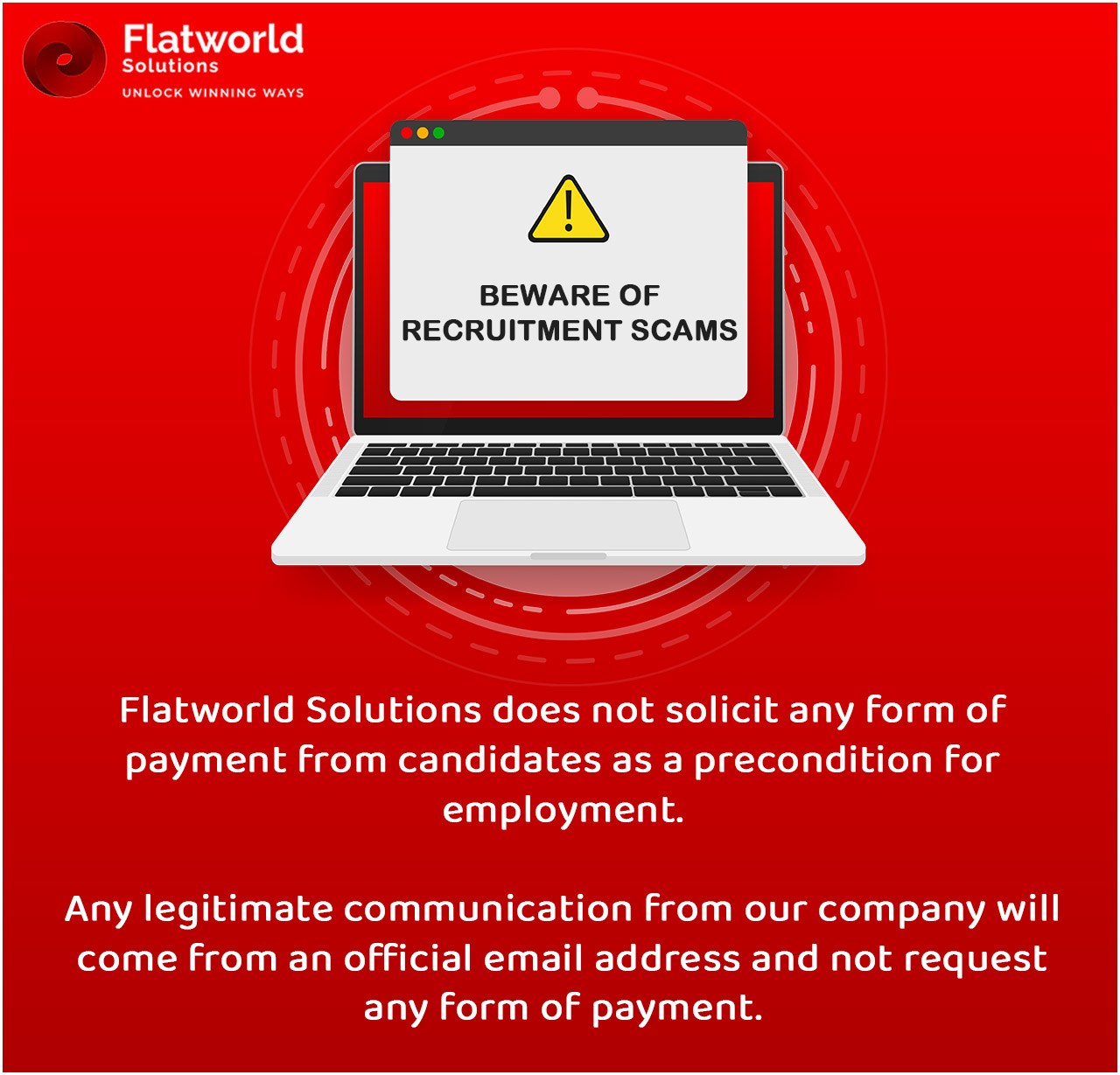Enterprise mobile apps are transforming how businesses operate by fostering a more connected workforce. Connectivity improves performance and drive efficiency. Systems like IBM Business Automation Workflow (BAW) automate and streamline business processes. It enables employees to access real-time data, break siloed processes, and enhance collaboration on the go. Enterprise mobile apps integrate systems like IBM Business Automation Workflow (BAW) to provide employees with real-time data access and streamlined processes, enhancing collaboration and efficiency on the go.
However, the benefits of mobile apps and technologies for enterprises often come with the threat of data security and integrity. Let us consider the data breach incident that occurred at Equifax, a US-based multinational credit reporting agency. It highlights the vulnerabilities of digital workflow management systems. Safeguarding your mobile apps become as important as developing great ones. Implementing zero-trust architecture improves app security.
This architecture mandates access management protocols, identity verification, and advanced encryption techniques, such as secure multi-party computation and elliptic curve cryptography. Let’s explore some top tips that ensure mobile application security for your enterprise apps.
6 Ways to Fortify Enterprise Mobile App Security
Enhancing your business mobile application security requires implementing robust safety protocols to prevent data breaches and safeguard confidential customer information. Here’s a mobile app security checklist to evade threats and stay compliant.
-
Implementing A Secure Coding Practice
Secure coding practices are crucial for ensuring mobile application protection and staying resilient to threats. Following the Open Worldwide Application Security Project (OWASP) guidelines help identify and mitigate risks and provide security for mobile applications. The next layer of protection is regularly updating the Software Development Kits (SDKs) and libraries.
This proactive approach is important because outdated components contain vulnerabilities, which are prone to exploitation by attackers. In addition, hardcoding sensitive information such as credentials and API keys into the app’s code makes it easy to extract and misuse the data for malicious intent.
-
Encryption of Sensitive Data
Encrypting all your sensitive data end to end helps secure mobile apps, as it safeguards this information from interception and unauthorized access. You can implement robust encryption protocols to protect your data in transit (while transmitting over networks) and at rest (stored on servers and devices).
This secures communication between servers and recipients by allowing only the intended users to decrypt and view the data after transmission. Advanced Encryption Standard (AES) is one of the widely recognized encryption standards, which is used by businesses worldwide to increase reliability.
Such measures help your developers prevent data exposure during interception attempts and breaches. This enhances your mobile apps and security while building trust among your users.
-
Regular Security Audits
Using top mobile app security testing tools to identify and address vulnerabilities helps you streamline the process of uncovering safety flaws. After iOS or Android app development, you can perform penetration testing by simulating attacks to check your app’s defense.
Next, you can conduct vulnerability assessments to identify potential weaknesses and address the issues promptly before the data gets exploited. Today, most businesses engage third-party firms that conduct independent audits of their apps to make an unbiased assessment or identify areas for improving app security.
Finally, maintaining proactive security evaluation protocols and regularly testing app reliability helps improve the application’s defenses and stay ahead of potential threats.
-
Strong Authorization and Authentication Protocols
Implementing multi-factor authentication (MFA) and user authorization provides an added layer of security as it requires multiple types of verification before access is granted. This will always be a combination of something that a user is (biometrics like facial recognition or fingerprint), something that a user knows (like a password), and something that a user has (smartphones or mobile devices to receive codes).
Besides this, session management is also crucial to prevent session hijacking during the establishment and termination of the sessions. Applying a robust mix of authentication (like biometrics) and authorization (like a password) boosts security as it is difficult to replicate.
-
Maintaining Secure Data Repositories
Using secure containers such as encrypted databases and conducting regular security testing of mobile apps helps safeguard the data stored locally on your devices. Maintaining such secure storage options keeps your data protected and encrypted at all times, even when the device gets compromised.
For instance, Android Keystore or iOS Keychain is a best practice embraced by global users to manage sensitive credentials like tokens and passwords, as these environments resist unauthorized access. Integrating these practices with stringent mobile app testing procedures prevents data leakage and increases compliance with the regulatory standards for data privacy and protection.
-
Updating App Libraries and Software
Keeping all your apps and their dependencies regularly updated is crucial for fixing vulnerabilities and mitigating emerging threats. Apart from this, tracking and evaluating the updates or examining patches shared by third-party frameworks and libraries is also essential.
It is because these components often come with separate updates. Next, modernizing popular libraries such as Firebase and OpenSSL is a proactive approach to keep your applications secure and compliant. This fortifies the defense of the product to reduce the attack surface, eliminates the risk of file exploitation, and protects user data, which are otherwise targeted due to outdated software.
The Conclusion: Fostering Trust in a Mobile-first World
Fortifying your mobile app security is no longer a technical necessity, it has emerged as a strategic imperative for creating a connected, outcome-focused workforce. As businesses embrace mobile technologies to foster collaboration and increase productivity, safeguarding sensitive data and maintaining robust security is vital for reducing exposure to cyber threats.
Enterprises can now empower their resources, regardless of location, with secure mobile environments by implementing these proactive app safety measures. This strengthens organizational resilience while bolstering innovation and productivity. Besides, improving the security of your mobile app infrastructure facilitates a more responsive and agile workforce that thrives in disruption and drives sustainable growth.
Contact UsAvail best-in-class services at affordable rates
Our Customers





Software Development Case Studies
-
Flatworld Implemented a ServiceNow Solution for a US-based Award Winning Firm
-
FWS Provided Swift and Impeccable ServiceNow Implementation Services
-
Flatworld Provided Power BI Services to a UK-based Data Analytics Firm
-
Developed an e-Learning Platform for a Global IT Organization
-
Bilingual OpenCart e-commerce Solution for Canadian Boat Manufacturer
3rd Edition Middle East Banking AI and Analytics Summit
FAQs

USA
Flatworld Solutions
116 Village Blvd, Suite 200, Princeton, NJ 08540
PHILIPPINES
Aeon Towers, J.P. Laurel Avenue, Bajada, Davao 8000
KSS Building, Buhangin Road Cor Olive Street, Davao City 8000






